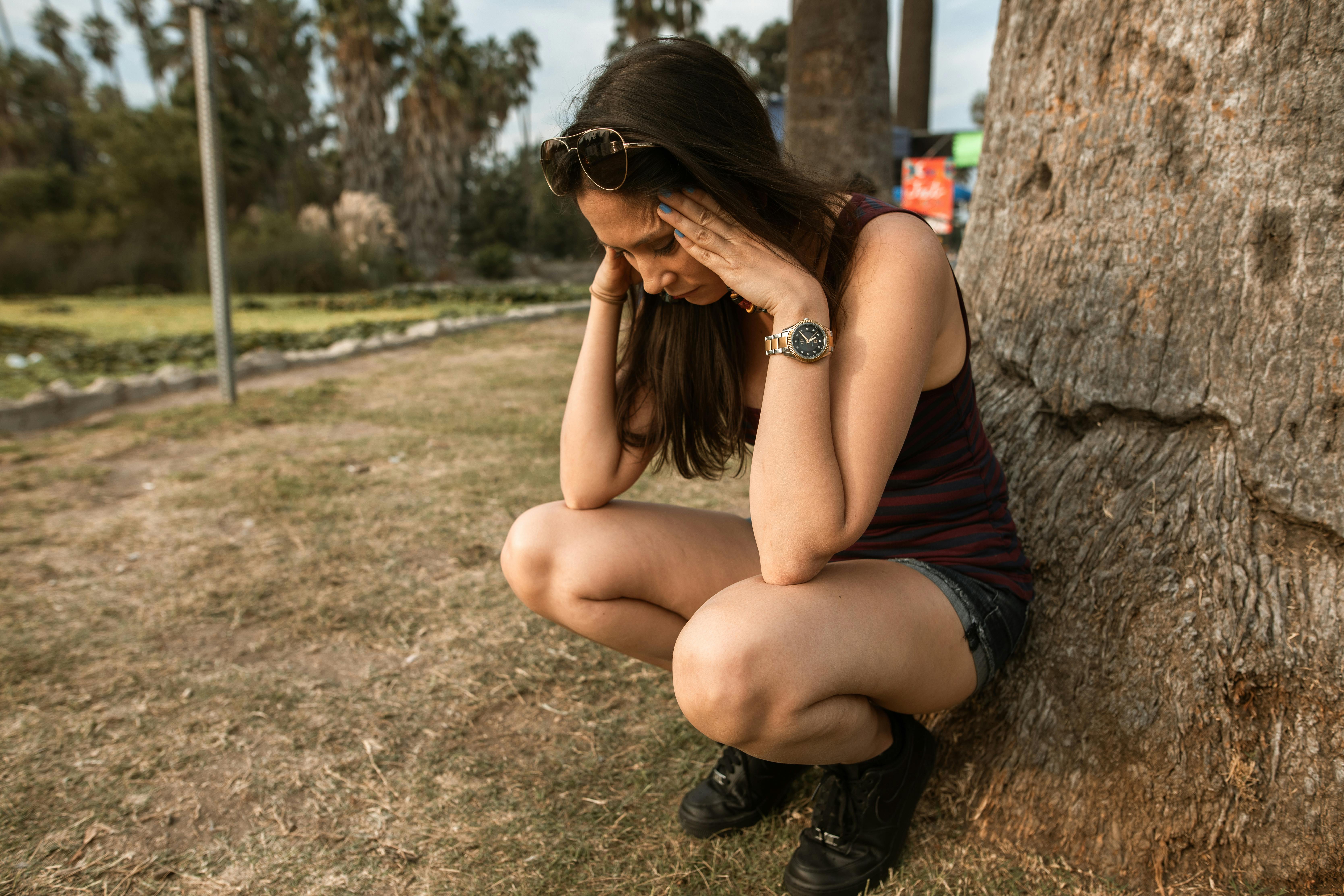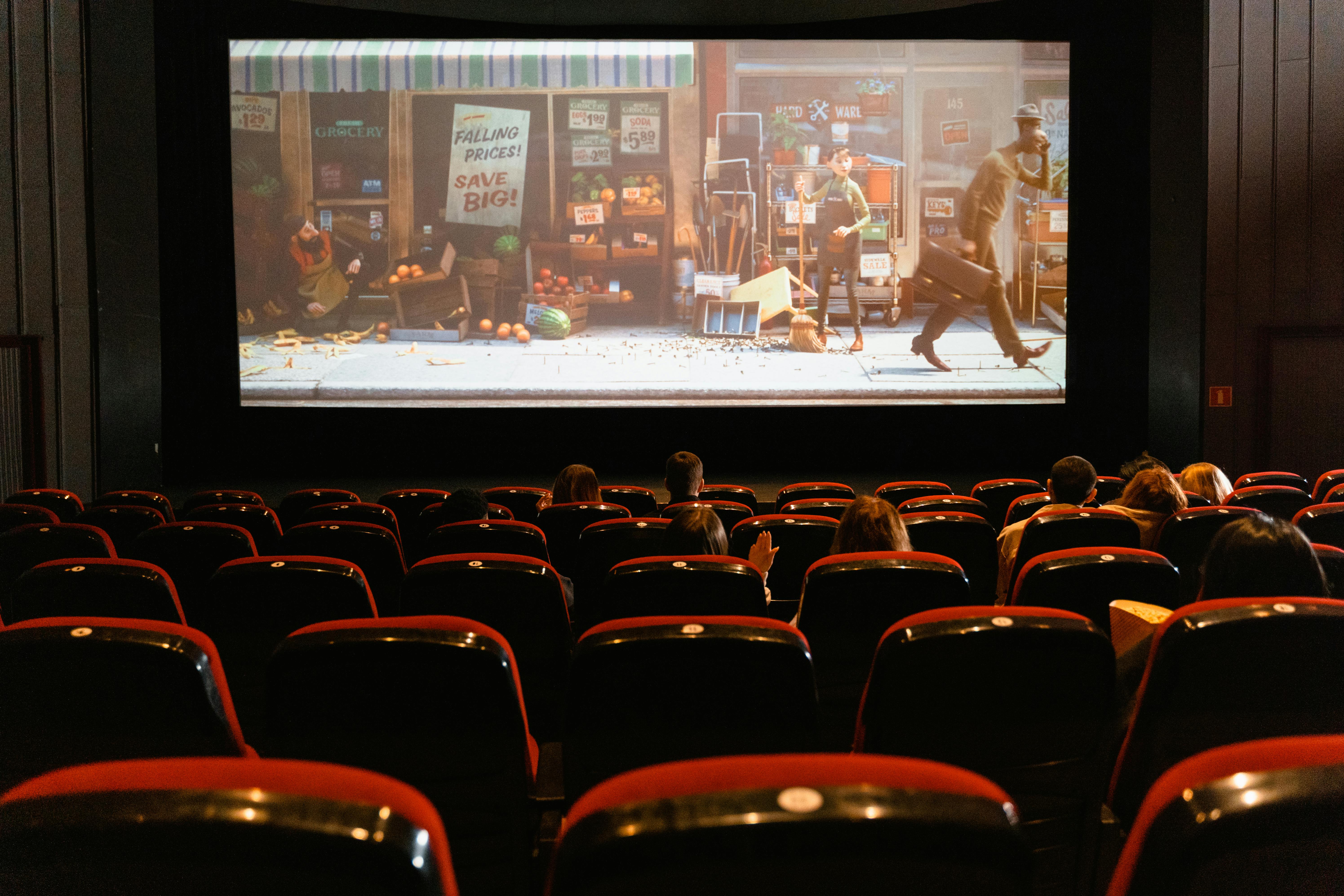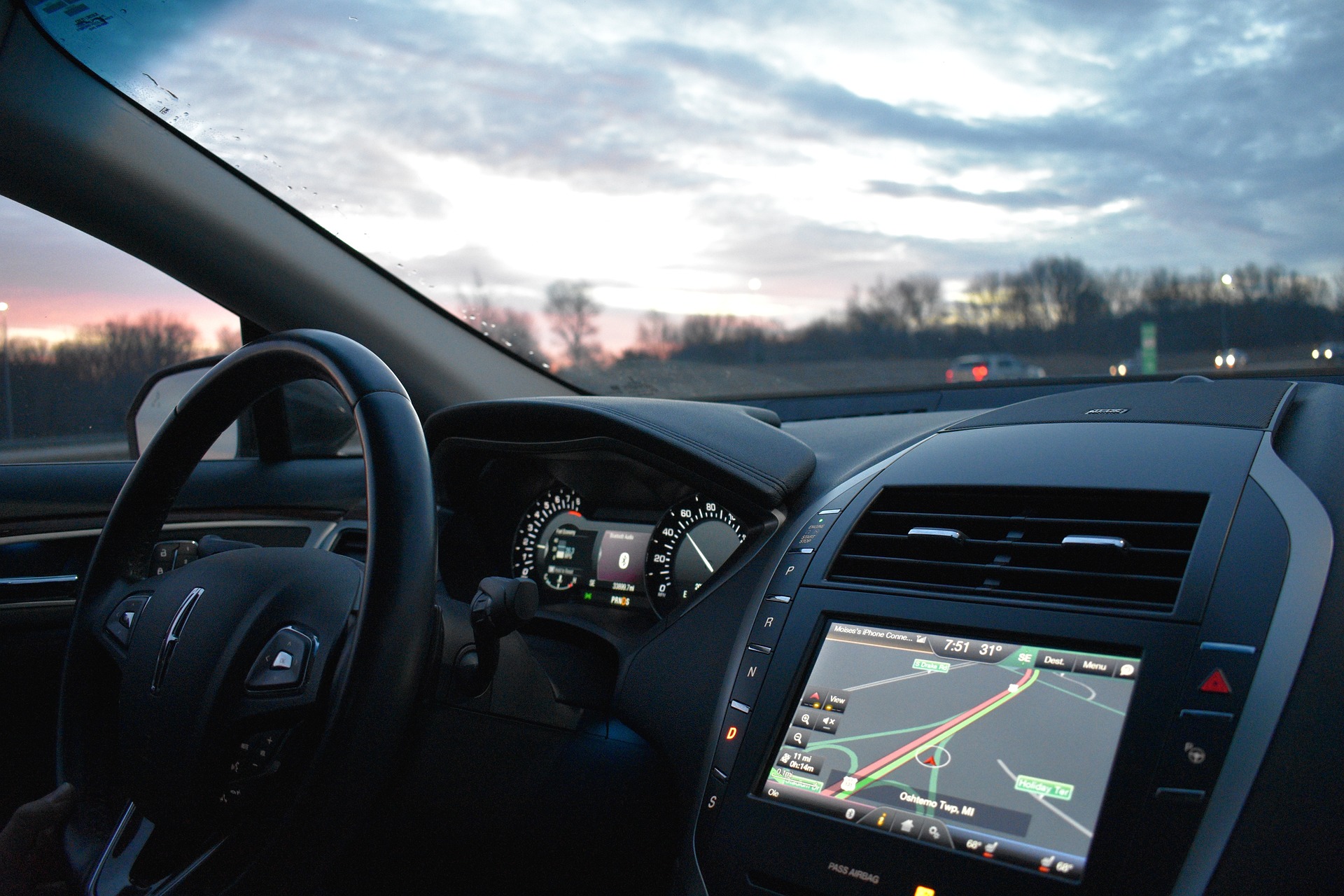Navigating the Labyrinth: Understanding the Impact of Anxiety on Wellbeing
To understand the current relevance of anxiety, it's essential to know its historical context. The modern concept of anxiety as a mental health disorder has its roots in ancient civilizations. The Greeks, for instance, referred to it as "agonia," a term that encapsulated the feelings of distress and uncertainty. Fast forward to the 19th century, when Sigmund Freud, the father of psychoanalysis, identified anxiety as a fundamental component of the human psyche, linking it to the repression of unacceptable thoughts and desires.

In the 20th century, the definition of anxiety expanded with the introduction of the Diagnostic and Statistical Manual of Mental Disorders (DSM), which classified it as a specific category of mental illness, encompassing a range of conditions such as Generalized Anxiety Disorder (GAD), Panic Disorder, and Social Anxiety Disorder.
The Modern Face of Anxiety
Today, anxiety disorders are recognized as one of the most common mental health conditions worldwide. According to the World Health Organization, an estimated 264 million people globally suffer from an anxiety disorder. In the United States alone, the Anxiety and Depression Association of America reports that anxiety disorders affect 40 million adults, or 18.1% of the population, every year.
The rise in anxiety disorders can be attributed to several factors, including increased awareness and diagnosis, societal pressures, and the impact of modern living. The ongoing COVID-19 pandemic has only exacerbated these issues, with many people experiencing heightened anxiety due to health concerns, isolation, job loss, and uncertainty about the future.
Anxiety’s Impact on Individual Wellbeing
Anxiety doesn’t just affect mental health; it takes a significant toll on physical health and overall wellbeing too. Chronic anxiety can lead to physical symptoms like headaches, stomach issues, and insomnia. These physical symptoms can, in turn, exacerbate feelings of anxiety, creating a vicious cycle.
Moreover, anxiety can hinder an individual’s ability to function in daily life, impacting relationships, work performance, and self-esteem. It’s a disruptor that can make even ordinary tasks seem daunting, and unchecked, it can lead to other mental health issues, such as depression.
Addressing Anxiety: Trends in Treatment and Perception
The conversation around anxiety and mental health has shifted dramatically in recent years. There’s a growing recognition that mental health is just as important as physical health, leading to an increased focus on early detection and intervention.
At the forefront of this change are advancements in treatment approaches. While traditional methods like cognitive-behavioral therapy (CBT) and medication continue to be effective, there’s a growing interest in holistic and alternative treatments. This trend reflects the understanding that mental health is interconnected with other aspects of wellbeing, such as physical health, diet, and lifestyle.
Mindfulness-based therapies, yoga, meditation, and even digital therapies delivered via apps and online platforms are gaining traction. These methods not only address the symptoms of anxiety but also equip individuals with tools to manage their mental health in the long term.
The Road Ahead: A More Holistic Approach to Anxiety
Despite the progress made, there is still a long way to go in addressing the global issue of anxiety. Stigma remains a significant barrier to seeking help, and there’s a need to make mental health care more accessible and affordable for everyone.
The future of anxiety treatment lies in a more holistic, integrated approach that recognizes the interconnected nature of mental and physical health. This approach should look beyond just treating symptoms, focusing instead on fostering resilience, promoting self-care, and building supportive environments.
In conclusion, while anxiety continues to be a pervasive issue, the growing recognition of its impact on wellbeing is encouraging. By deepening our understanding of anxiety, we can equip ourselves and others with the tools to navigate this labyrinth, fostering a healthier, less anxious society.





